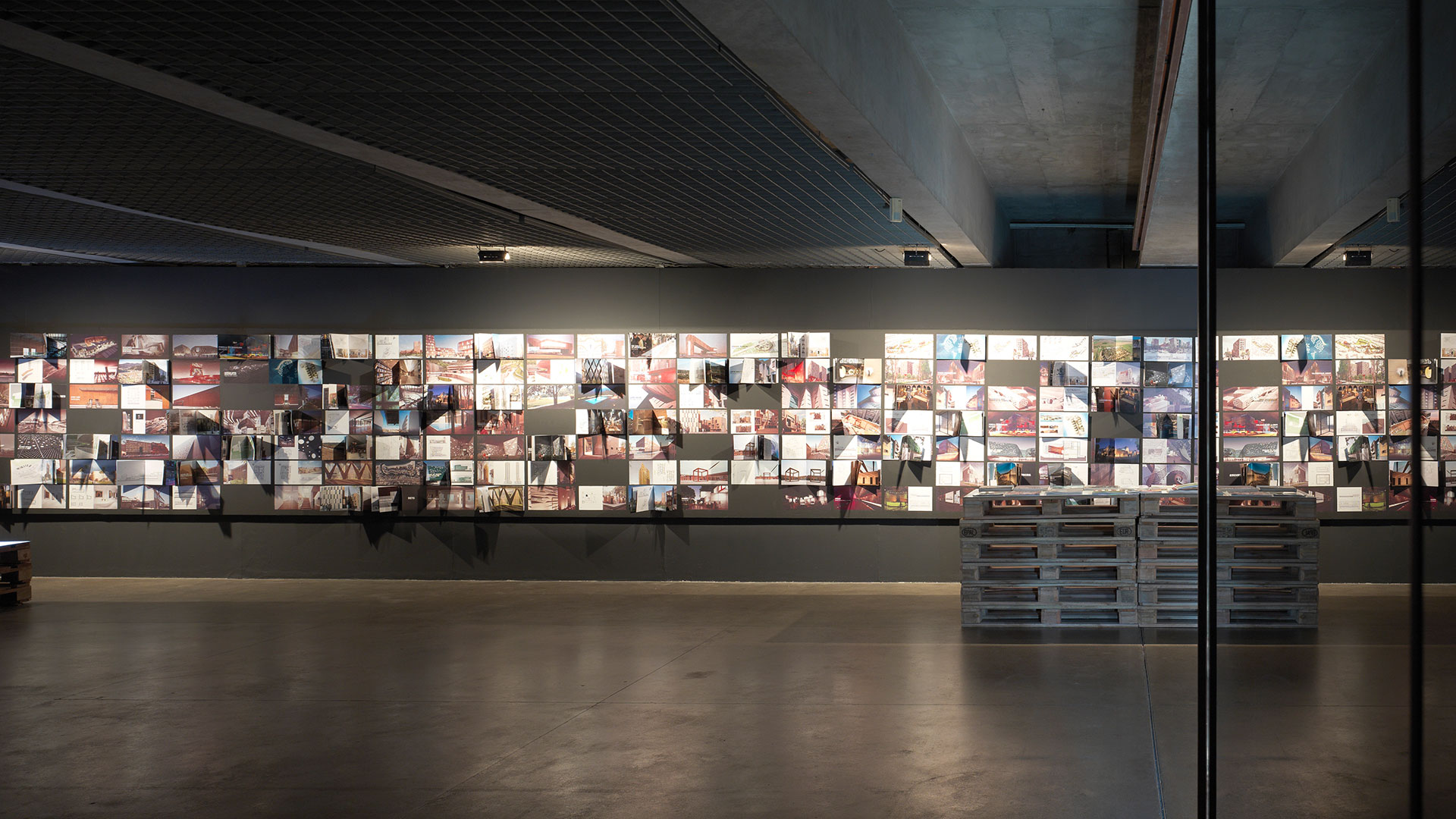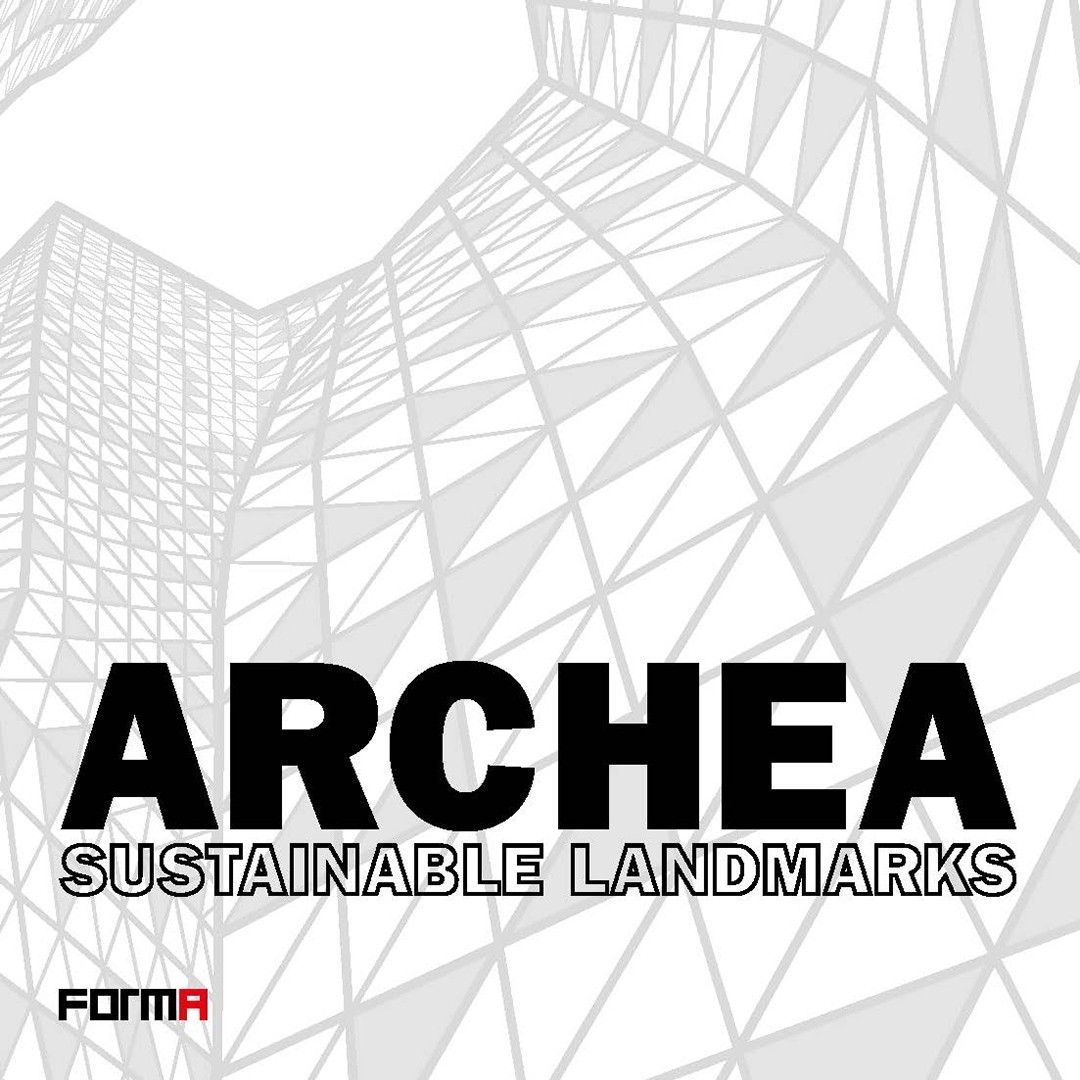
In the last few years contemporary architecture has had to rethink its instruments, themes and goals in order to deal with a radical and sometimes dramatic transformation of the metropolitan cityscapes on a global scale. The diffused crisis has not only undermined the validity of many 20th-century strategies and certainties. It has also brought with it completely new – and often bewildering – desires and questions to which also architecture has to provide constructive and urgent answers. In Italy as in most European countries, a new generation of professionals and architecture firms is slowly attempting to conduct research and provide solutions for this phase in history, rich in uncertainties and new opportunities, by gradually shifting the focus from architectural design as a mere production of form to architecture as a means of rethinking the anthropized and natural landscape. Archea, a firm founded in Florence in 1988 by Laura Andreini, Marco Casamonti and Giovanni Polazzi, is one of the professional realities in the field of Italian and international architecture which is developing this line of research, continuously attempting a difficult but not impossible mediation between an Italian modus operandi and an awareness of being part of a more and more globalized market. Among the first Italian firms of the so-called new generation to open branches abroad, first in Beijing and then in Dubai, Archea has immediately been conceived as a horizontal structure where different fields of expertise and specialization combine unstably in the production of projects on different scales. At the same time it is important to underscore that since 1997, when Marco Casamonti founded the magazine Area, the design activities have proceeded in perfect integration with editorial and curatorial activities in the field of architectural culture, giving rise to an important virtuous circle uniting theory, research and design. Since its very first realizations Archa has given proof of a noteworthy coherence and an almost obsessive attention to defining a number of elements we may call the firm’s trademark, something which has immediately earned it recognition as one of the most interesting emerging realities in the Italian scene. From the Stop-Line discotheque in Curno (1993-95), to the house in Leffe (1997-99), the rearrangement of the Via Tirreno in Potenza (2000), the sound barriers along the ring-road of Florence (2000-2007), the Albatros camping in San Vincenzo (2006-2009), the two libraries in Curno (1996-2000) and Nembro (2002-2007), the renovation of the Perfetti factory in Lainate (2005-2009) and finally the new Antinori winery near Florence (2004-2012) we may reconstruct the presence of a series of elements that cannot be translated into a codified language, but rather into an overall approach that reveals a number of important elements of continuity. All these works constantly pose the theme of the relationship with the location and the territory in which they are built, seeking to form physical roots that above all depend on the range of materials used and the dense and natural chromatic shades. The architectural clay is moulded by a strong, sometimes obsessive use of materials that define the very identity of the project and a desire to tie the architecture to the ground, to make it put down roots in an almost archaic manner. The dense ochre hues of the concrete in Potenza, the woven bamboo in Livorno, the dynamic elements in terracotta along the Florentine highway, the red ceramic sunscreens in Nembro are not only very up-to-date attempts to establish a dialogue with the materials of Nature; they have also become an unexpected way to interpret a certain Italian character of the architecture through a reinterpretation of its ancient materials. This is combined with an attentive study of the existing historical and environmental context, which links the activity of Archea to some of the most vital and inspiring experiences of Italian architecture from the Fifties and Sixties, in which the theme of the continuity with the places and their history become subject of architectural and poetic reflection. In the last few years the firm’s research and the different opportunities that have surfaced in Italy and in the world have resulted in a greater awareness of the fact that architecture must respond to the need for a new identity of the places in which it is envisaged. This approach to architecture, considered a new landmark, has over time become another markedly distinctive character of the Florentine firm, which has followed a path traced by a number of masters of Italian architecture from the second half of the Twentieth century, who have gradually shifted the attention from architecture as autonomous object to architecture as active fragment of the metropolitan cityscape. Having to deal, more and more frequently, with anonymous contexts without any definitive character, high quality architecture has to give proof of an increasingly profound awareness of the fact that every new project must recreate the place in which it is inserted, giving the territory meaning and restoring its aesthetic and spatial qualities. With the new residential tower in Tirana, or the striking and surprising design of the Antinori winery and the gigantic ceramic plant of Li Ling, the architecture makes a leap in scale that is risky and necessary, considering the range of themes and complexities it must deal with. But seen as a whole, these projects suggest possible trajectories in dealing with problems and projects that challenge the territory by virtue of their programmatic ambition and structural magnitude. By opening its Chinese branch some years ago, Archea has made a programmatic leap which has brought this new Italian reality into one of the hot spots of the international metropolitan development. And the first results, as the pavilion built for the Shanghai Expo and the ongoing project for the Li Ling ceramic plant, demonstrate that the Italian firm is using this opportunity as a laboratory for experimentation and research rather than as a market in which to export an accessible and commercial language. I believe this is the only correct approach for an architecture that does not want to be reduced to superficial stereotypes, but that on the contrary sees this world in profound metamorphosis as an opportunity for listening and active experimentation. It is inevitably a matter of a restless and unstable dimension that I believe will be rewarded by opportunities and challenges that may enable firms like Archea to make a completely new contribution to a world that wants open and surprising visions for the near future.
Luca Molinari




